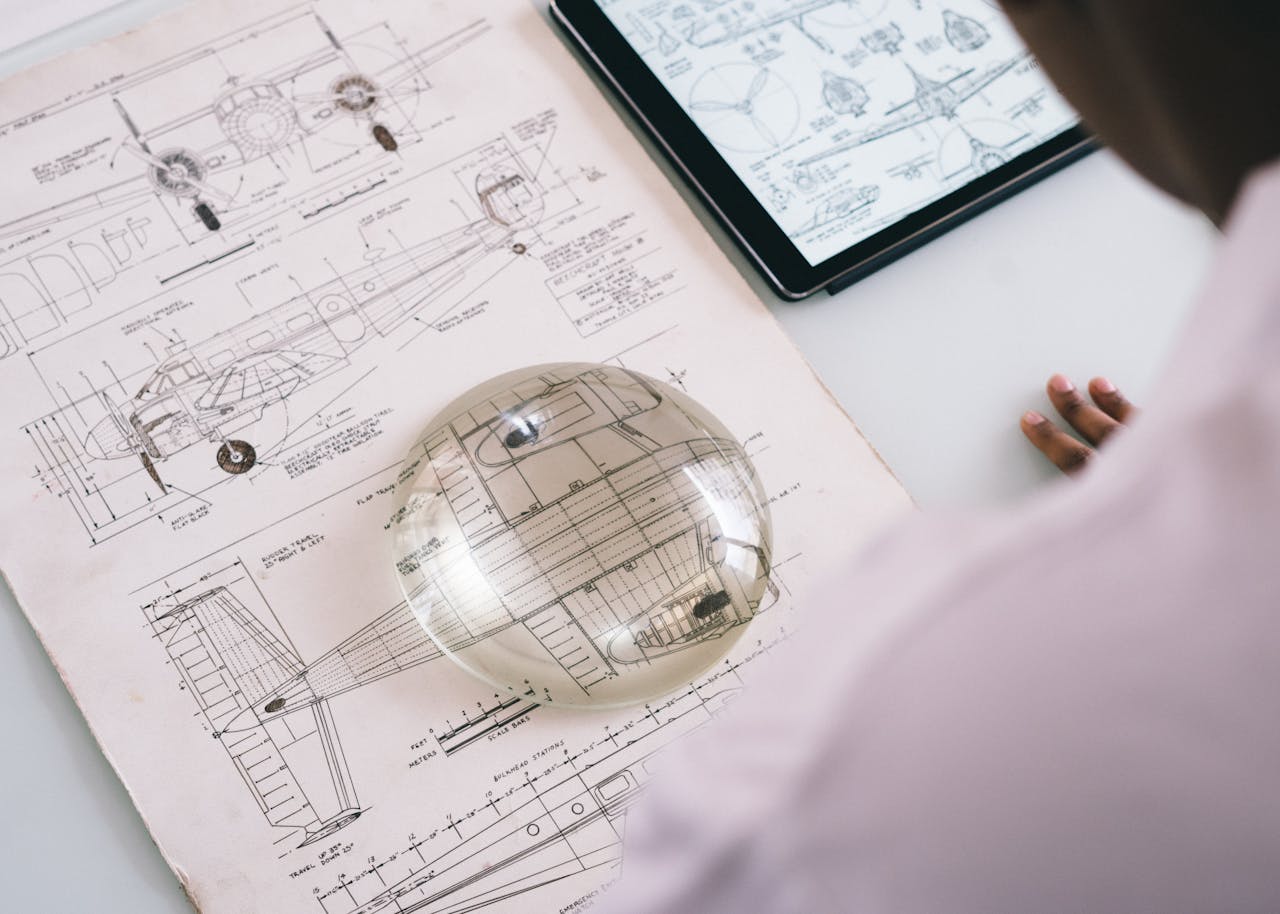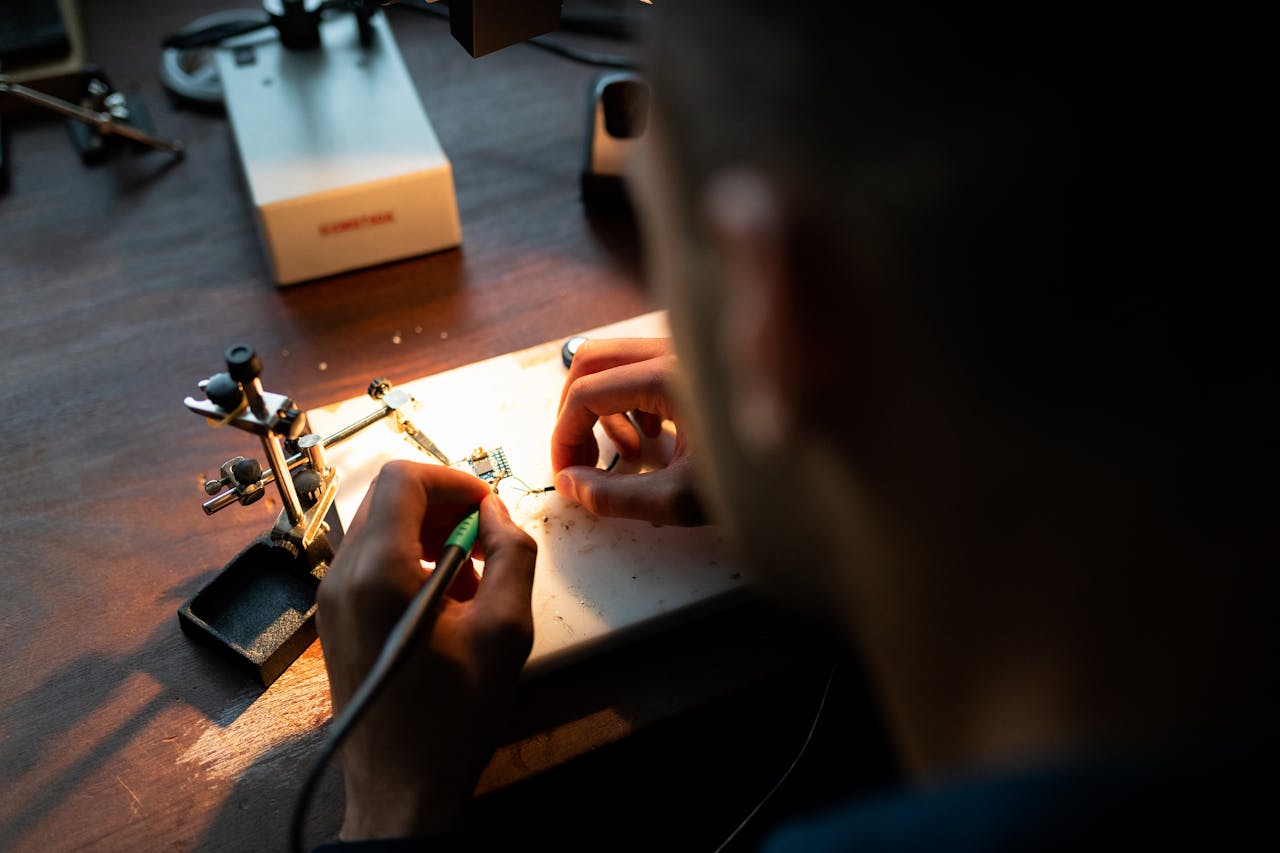Mechanical Engineering: Designing Machines and Systems
Mechanical engineering is a diverse and dynamic field that encompasses the design, analysis, and manufacture of mechanical systems, machines, and components. From automobiles and aircraft to power plants and robotics, mechanical engineers play a crucial role in developing innovative solutions to a wide range of technological challenges. Let's explore the fundamentals of mechanical engineering and the process of designing machines and systems:
Understanding Mechanical Engineering


Core Principles
Mechanical engineering is built upon fundamental principles of physics, mathematics, and materials science. These principles govern the behavior of mechanical systems and provide the foundation for designing efficient and reliable machines and structures.
Multidisciplinary Nature
Mechanical engineering intersects with various disciplines, including electrical engineering, aerospace engineering, and materials science. This multidisciplinary approach allows mechanical engineers to tackle complex problems and develop integrated solutions that incorporate diverse technologies and expertise.
Applications
Mechanical engineering finds applications in numerous industries, including automotive, aerospace, energy, manufacturing, and robotics. Mechanical engineers contribute to the design and development of products and systems that range from microscale components to large-scale infrastructure projects.
Designing Machines and Systems
Conceptual Design
The design process typically begins with conceptualization, where engineers define the objectives, requirements, and constraints of the project. Through brainstorming, research, and analysis, engineers develop concepts and preliminary designs that address the desired functionality and performance criteria.
Analysis and Simulation
Once the conceptual design is established, engineers conduct analysis and simulation to evaluate the performance, reliability, and safety of the proposed system. Finite element analysis (FEA), computational fluid dynamics (CFD), and other simulation techniques help identify potential issues and optimize the design before prototyping.
Detailed Design
With the conceptual design validated, engineers proceed to detailed design, where they develop comprehensive drawings, specifications, and documentation for manufacturing and assembly. This phase involves selecting materials, specifying tolerances, and refining the design to meet performance objectives while considering cost and manufacturability.
Prototyping and Testing
Prototyping allows engineers to validate the design through physical testing and iteration. Prototypes are fabricated and subjected to rigorous testing under various operating conditions to verify performance, identify weaknesses, and refine the design as needed. Testing may involve mechanical, thermal, and structural analysis to ensure compliance with regulatory standards and customer requirements.
Manufacturing and Production
Once the design is finalized and validated, it enters the manufacturing phase, where components are fabricated, assembled, and tested according to the design specifications. Manufacturing processes vary depending on the complexity of the system and the materials involved, ranging from traditional machining and casting to advanced additive manufacturing techniques.
Quality Assurance and Optimization
Throughout the design and manufacturing process, engineers employ quality assurance measures to ensure the reliability, safety, and performance of the final product. Continuous improvement and optimization efforts aim to enhance efficiency, reduce waste, and minimize environmental impact while meeting customer expectations and regulatory requirements.
Future Trends and Innovations
Advanced Materials
The development of advanced materials, such as composites, nanomaterials, and smart materials, opens new possibilities for lightweight, durable, and multifunctional designs with enhanced performance and efficiency.
Digital Twins
Digital twin technology enables real-time monitoring, analysis, and optimization of mechanical systems through virtual replicas that simulate their behavior and performance. Digital twins facilitate predictive maintenance, operational optimization, and data-driven decision-making in various industries.
Additive Manufacturing
Additive manufacturing, or 3D printing, revolutionizes the design and production of complex geometries, customized components, and rapid prototyping. Additive manufacturing offers advantages such as reduced lead times, cost-effective production, and design freedom for intricate structures.


Mechanical engineering encompasses the design, analysis, and manufacture of machines and systems that drive technological innovation across industries. By applying fundamental principles, employing advanced techniques, and embracing emerging technologies, mechanical engineers develop solutions that enhance performance, efficiency, and sustainability. From conceptualization to prototyping, manufacturing, and beyond, mechanical engineering plays a pivotal role in shaping the future of technology and improving the quality of life for people around the world.












